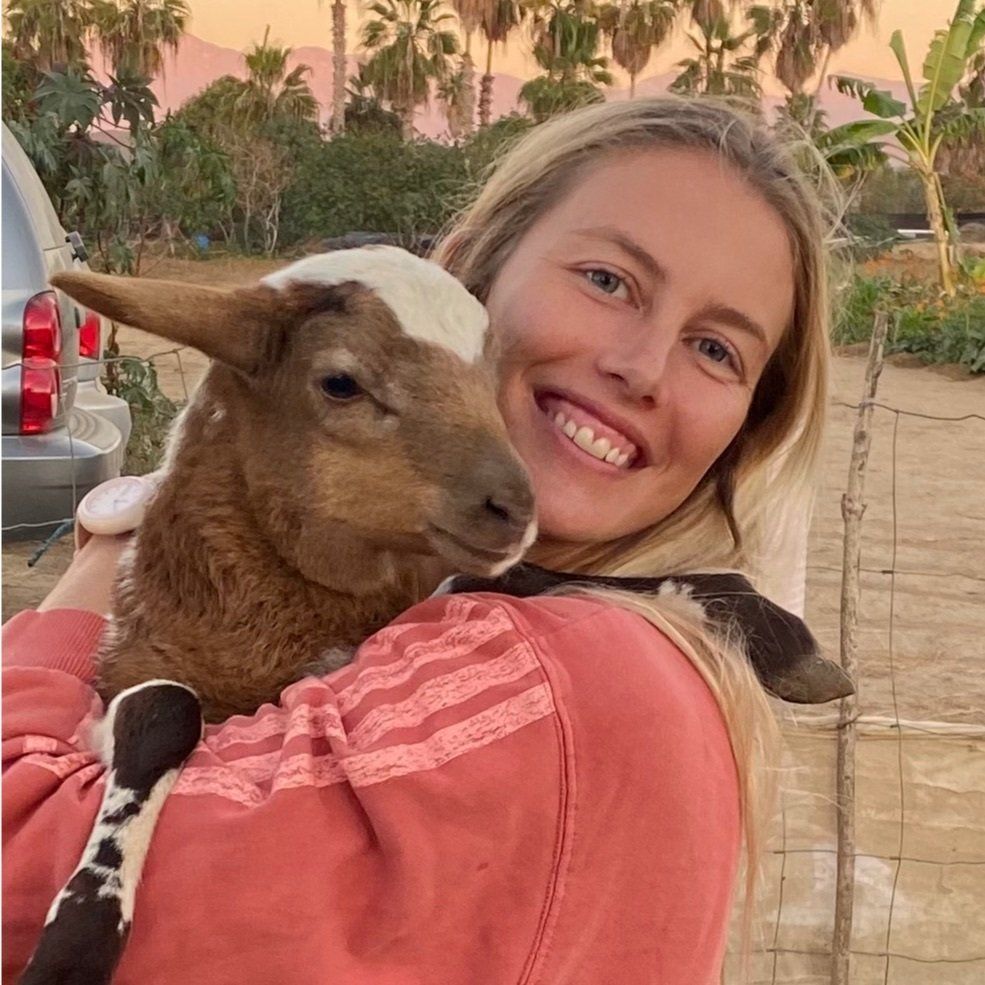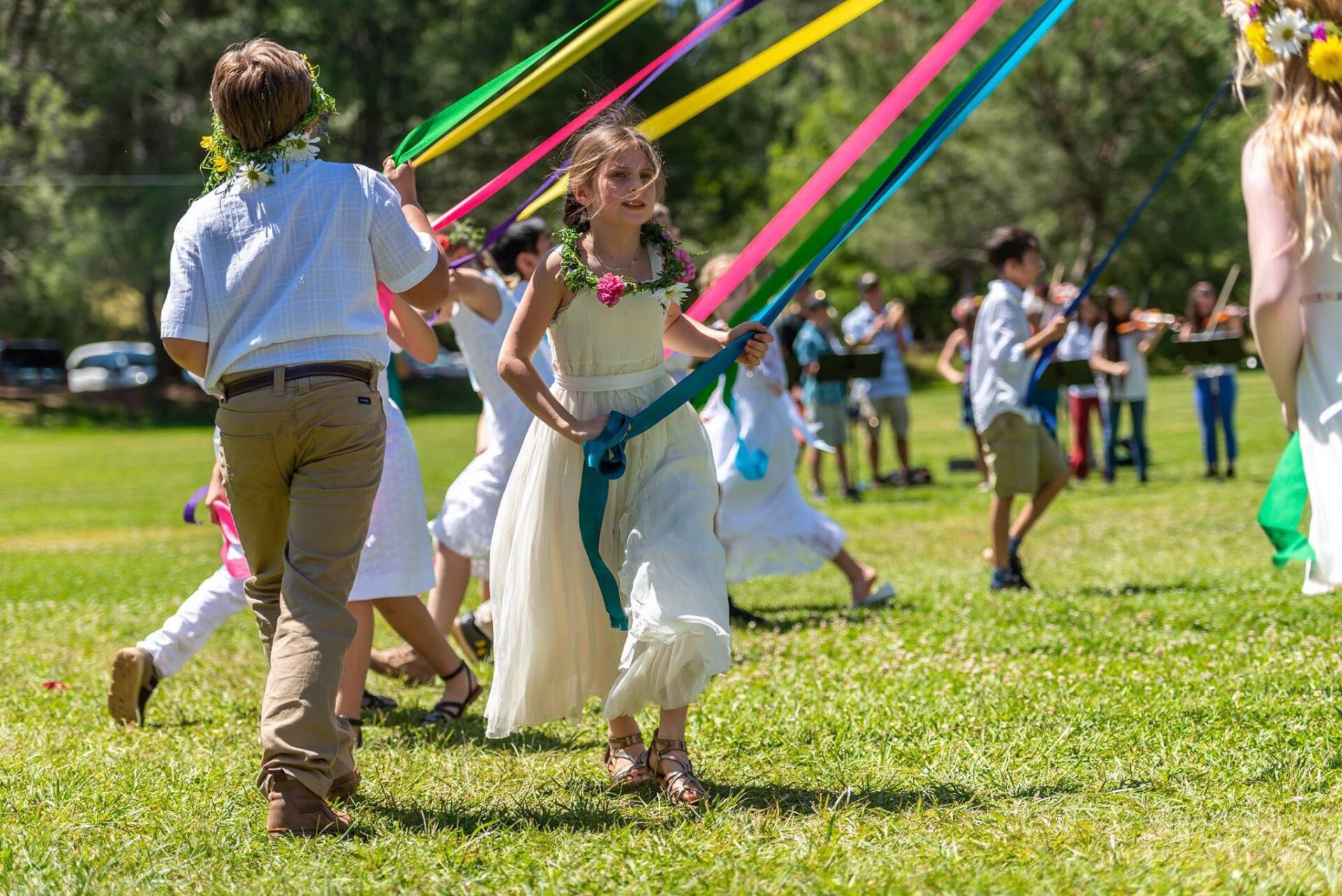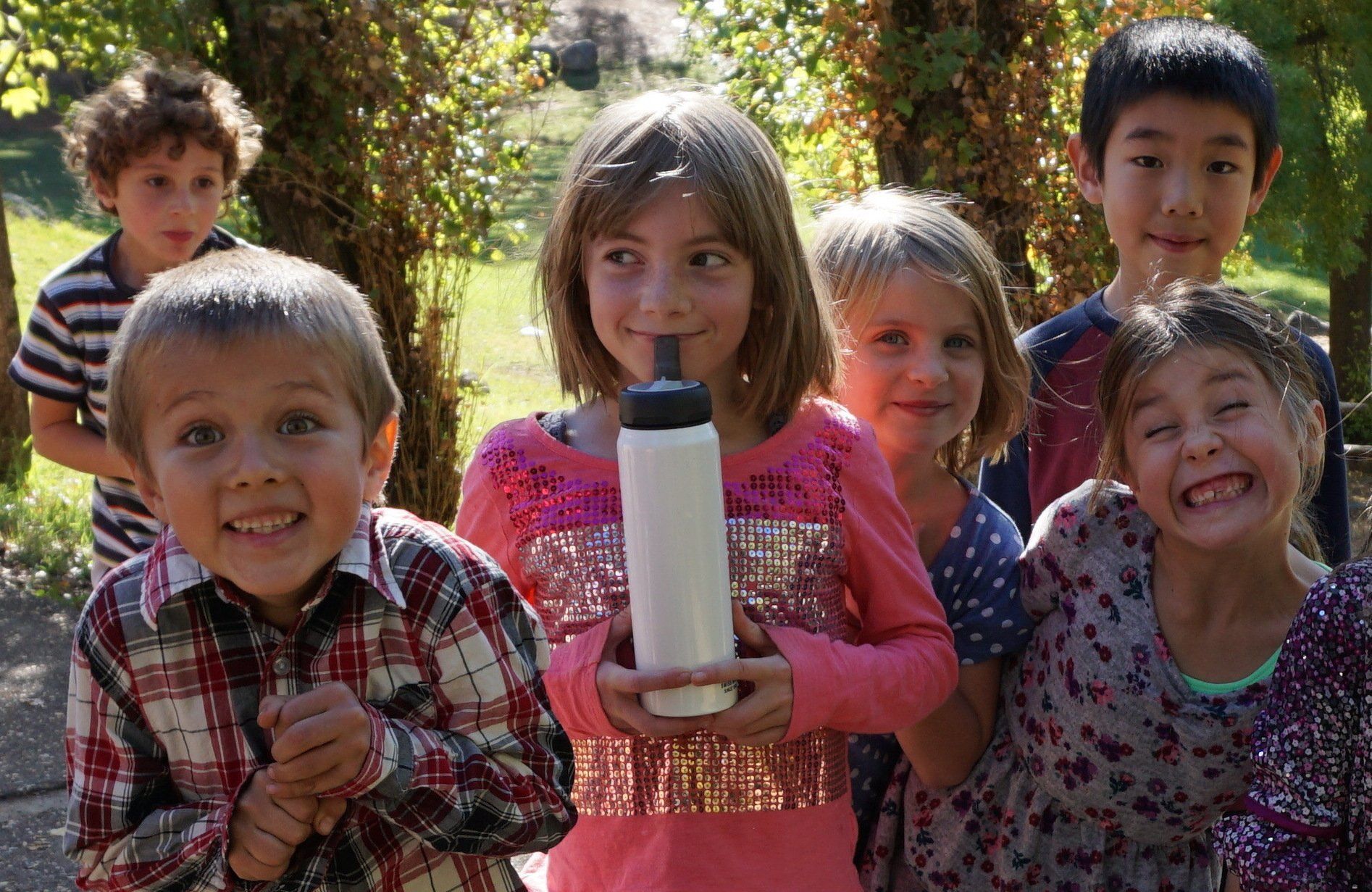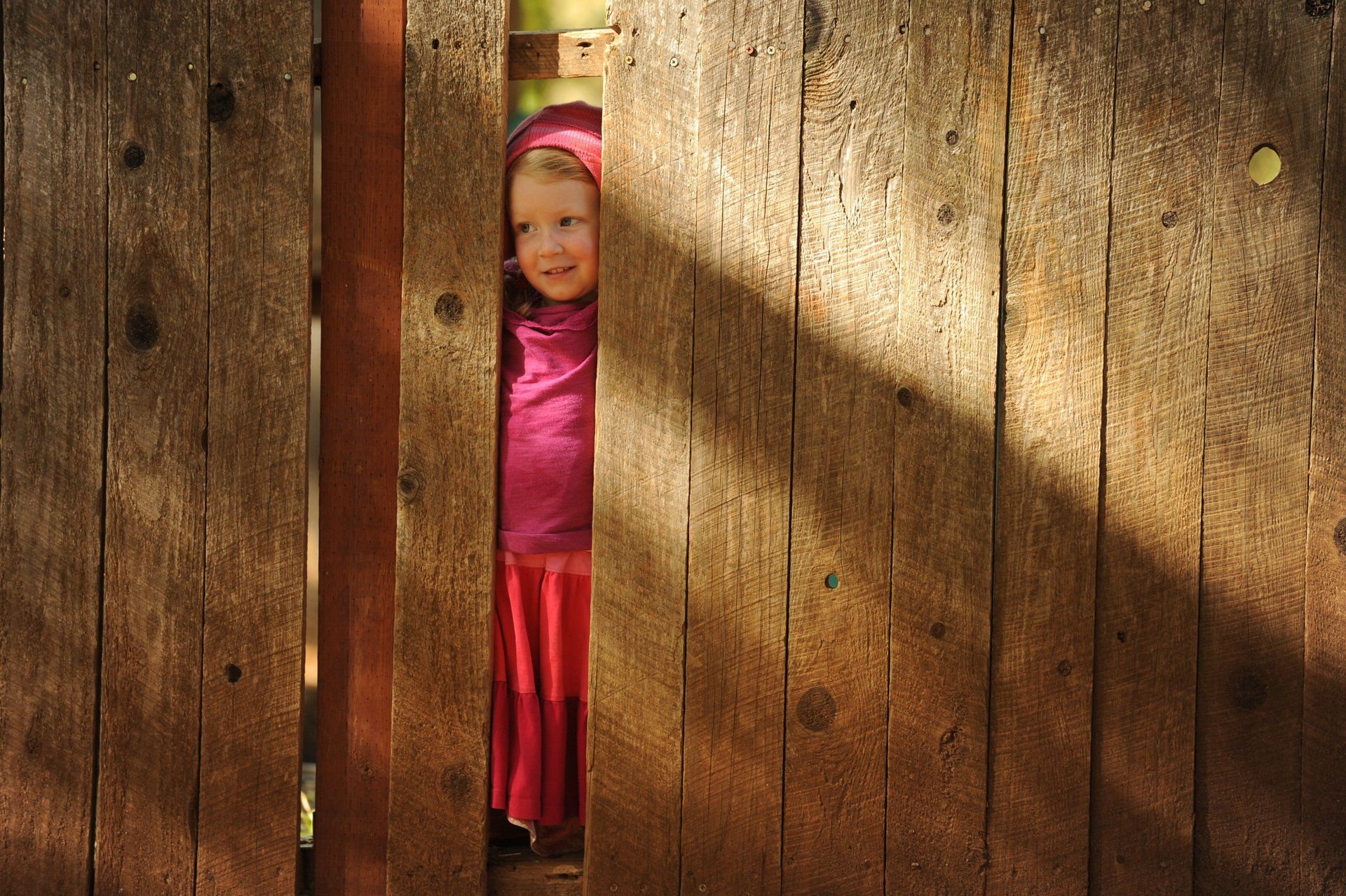Blog Post
What does Sanguine mean in Waldorf schools?
Rev Bowen • Nov 02, 2020
The Sanguine by Rev Bowen
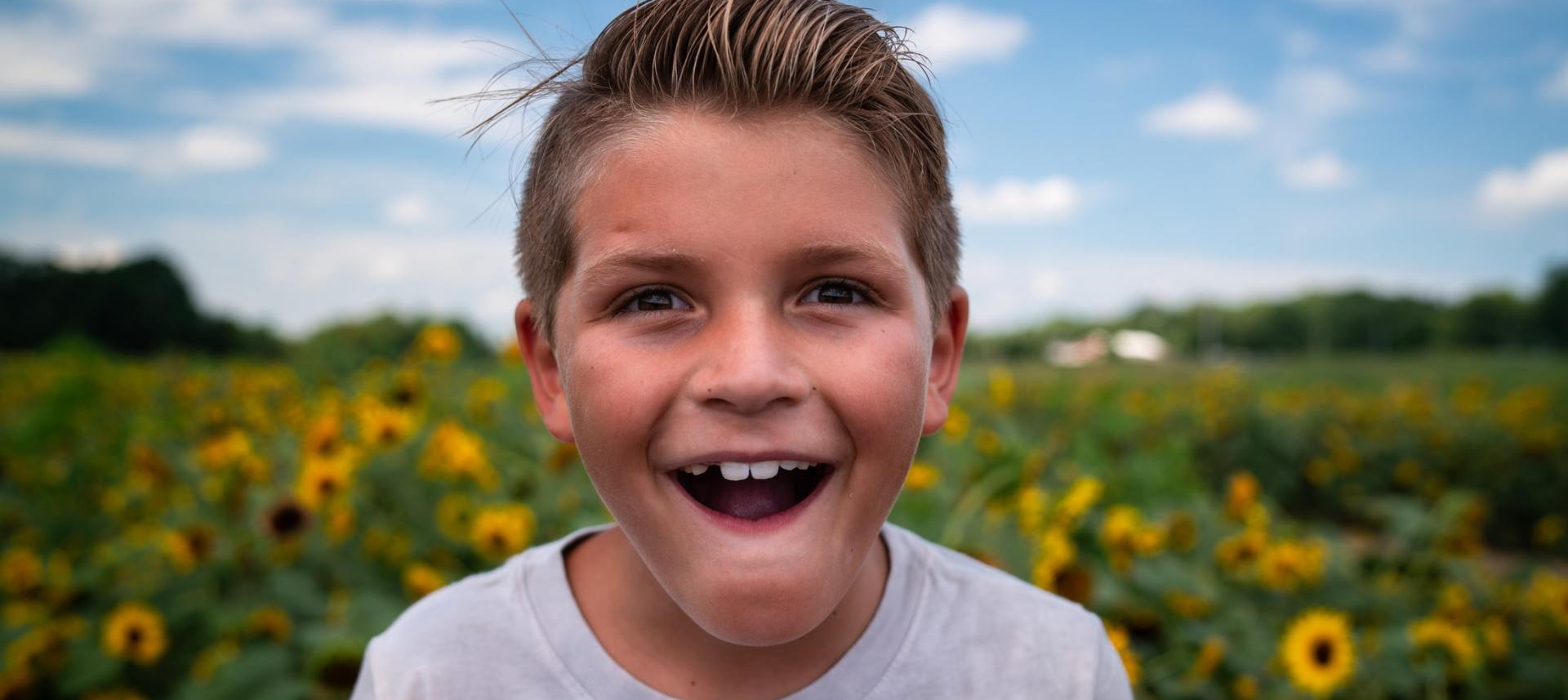
I will write a four-part series exploring them one at a time. I hope that you will find each one interesting for yourself and for viewing the development of your child. If you want to do further reading on this subject, I recommend the book Soul Weaving, by Betty Staley. You should be able to find it online.
First, a general introduction. Where do we see aspects of life divided into four? Where is there "four-ness"? There are the four elements of classical learning (earth, air, fire, water). There are the four seasons (winter, spring, summer, fall). There are the four cardinal directions (north, south, east, west). We have four primary organs in the torso (heart, liver, kidneys, lungs). There are four stages of life (child, youth, adult, elder). There are four classical kingdoms of life (mineral, plant, animal, human). There are four chambers of the heart. There were four Beatles...Okay, maybe the last one does not apply so much, but you can see that there has been a fourfold understanding of life, a fourfold lens if you will. While such a fourfold view is admittedly simplistic and we would never dream of abandoning the modern scientific classification of life, for example, we can use this simplistic view to see certain trends. The ability to see the details as well as the bigger picture keeps us flexible. We can see the individual trees and we can see the forest.
So let us add another lens, the four human temperaments: sanguine, choleric, phlegmatic, and melancholic. This week we will look at the sanguine.
The sanguine temperament is spring; it is air; it is the easterly direction of the rising sun. The sanguine temperament is seen in those children and people who are excited to wake up, to do new things, to meet new people, to go new places, to start a new project, to introduce one group of friends to another group of friends. Sanguines are light and gay. They are social butterflies. They easily adapt and move on from one thing to the next. Sanguines order new things every time they return to a restaurant because they want to taste it all! When the French used the expression "joie de vivre" (joy of life), they were speaking of the sanguine temperament expressed in people. Physically, these people are often slender and long (think fairy or elf) and light on their feet. Some often walk on their toes or with a noticeable bounce.
Temperaments can--and should--mature. Part of the maturation process is natural and part of it, as with almost all things in our lives, must be taken on consciously and further developed through our wills. The immature sanguine temperament is all the things described above and this comes with some challenges.
Sanguines will start new projects, but rarely finish any of them. They love to meet new people, but they don't naturally develop deep friendships, because they are always moving on. They love to explore, but they rarely have the grounded stability that comes with "sending down roots" and being integral in a group or community. They love making plans, but often fail to follow through with them because they prefer "being spontaneous" and "living in the moment". They are joyous and excited and thus they sometimes ignore deeper or more difficult emotions--within themselves and within others. If left in this state, the adult with strong sanguine tendencies can be seen as "air-headed", lacking substance, and even superficial. They are fun to be around for a bit, but not really trusted, not really someone you can depend on. Long term commitments in relationship can be especially difficult, again for self and for others.
When the sanguine temperament is balanced by the other temperaments, though, this person is a ray of light and hope. They bring positivity and new outlooks. They bring folks together. They find common ground. They see connections where others see differences. They are enthusiastic and attractive. Their can-do energy creates a current that sweeps others along. They can be the types of leaders that see the good in others, that see each person's unique gifts and finds ways to optimize these for the good of all.
So, the question must arise: How do we consciously mature an immature temperament? It is a big question. The simplest answer is this: by understanding each temperament, we can hold the overall view of a fourfold balance. Each temperament brings gifts and challenges. When we can not just know these intellectually but also experientially because we recognize our own tendencies, then we can consciously call upon and develop the balancing aspects in our everyday lives. This will become more obvious as we look at other temperaments.
Share
Tweet
Share
Mail

By Rev Bowen
•
16 Jan, 2021
What happens when we hear a story? If our inner wills are strong, if our feeling life is flexible and rich, then we engage in a very important "thinking" activity: we imagine. This is not the same as fantasy or whimsical fancy. This is not mere creativity. Nor is this the same as intellectualizing. Thinking is not the means to simply acquire knowledge.
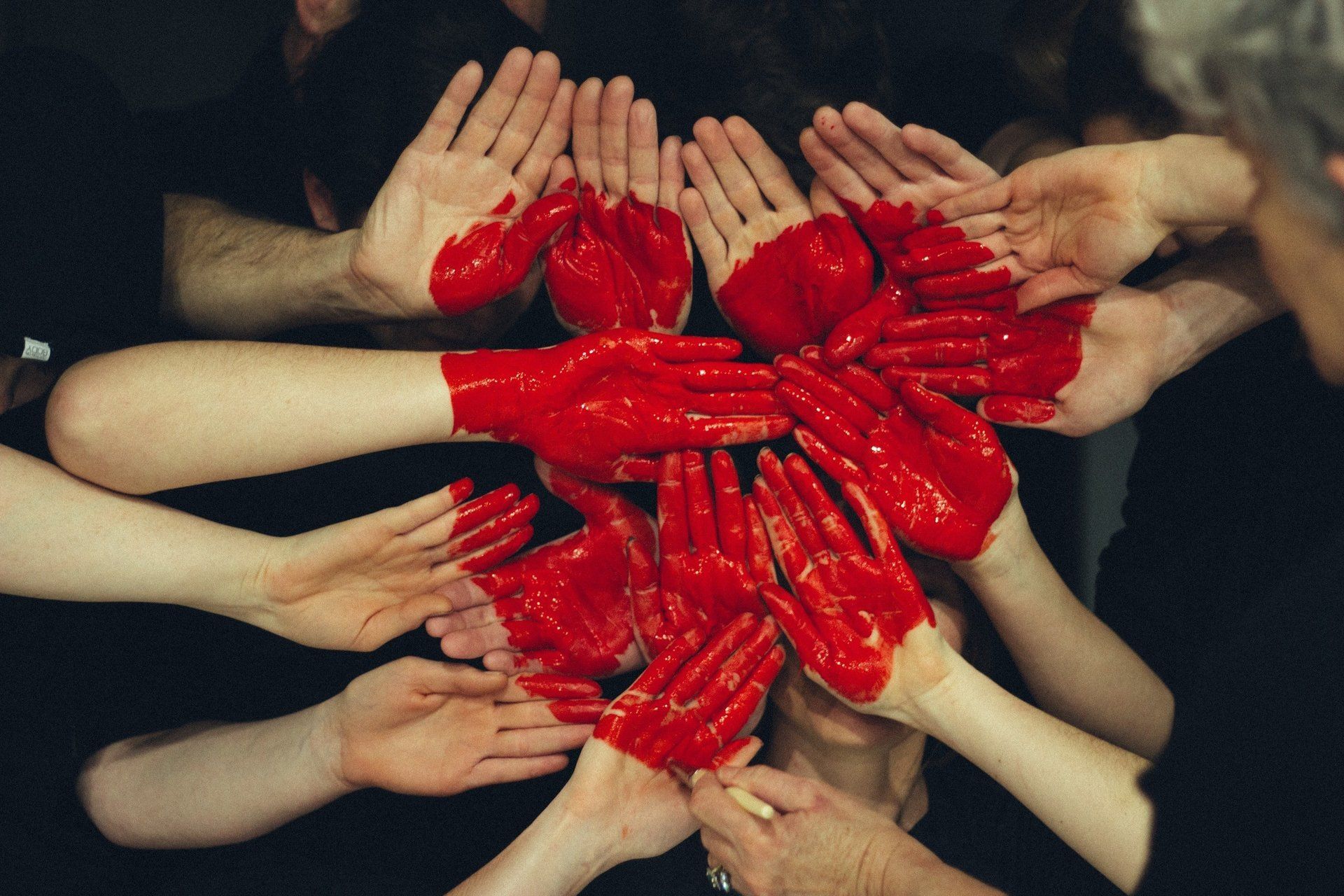
By Rev Bowen
•
20 Dec, 2020
For the young person, this mystery can be overwhelming. If we do not endeavor to help young people learn about their feelings and how the feeling life works, then we leave them like rudderless rafts on a rising river. Teachers and parents can help children learn how to affect their feelings so that they can strive toward equilibrium when they need to do so. This starts at the very beginning.
To Learn More, Contact Us:
Thank you for contacting us.
We will get back to you as soon as possible.
We will get back to you as soon as possible.
Oops, there was an error sending your message.
Please try again later.
Please try again later.
Contact Info




This site is not a part of the Facebook website or Facebook Inc. Additionally, this site is NOT endorsed by Facebook in any way. FACEBOOK is a trademark of FACEBOOK, Inc.


